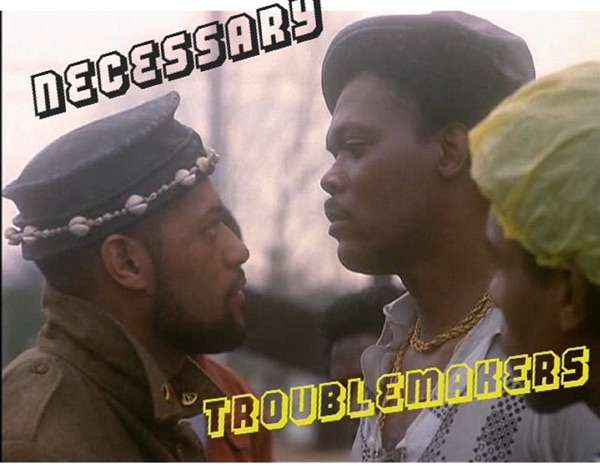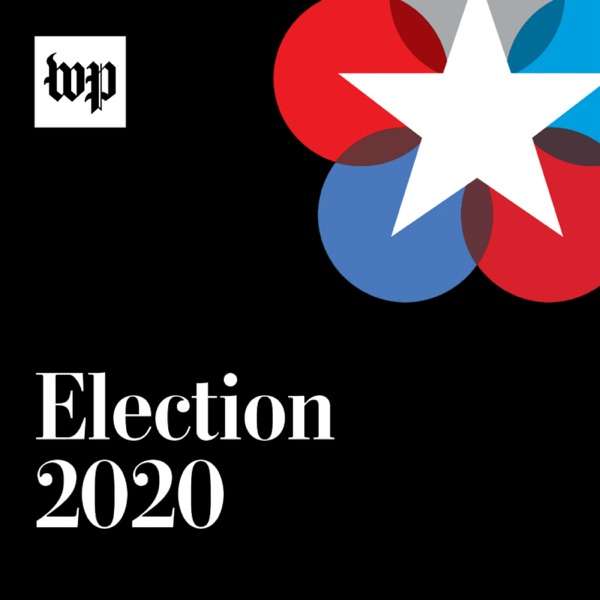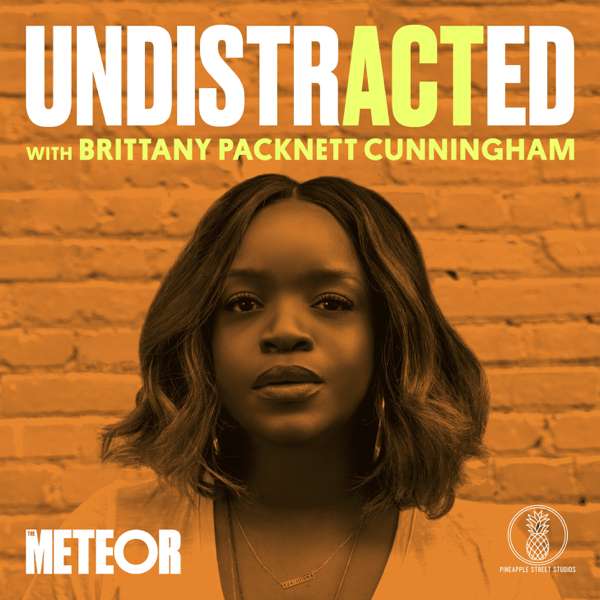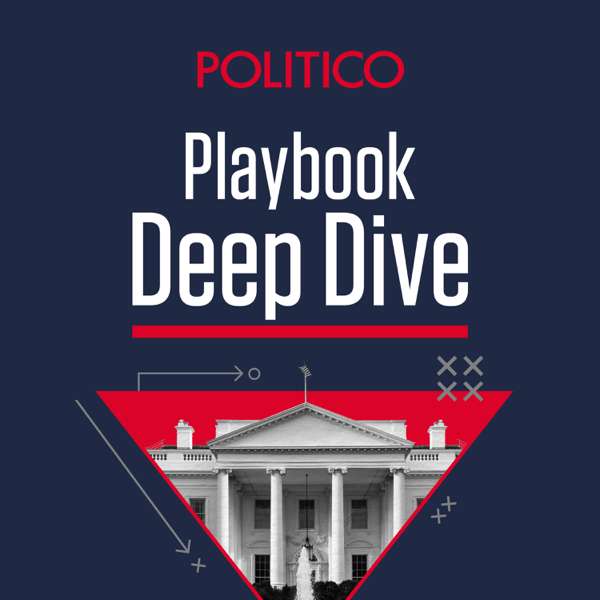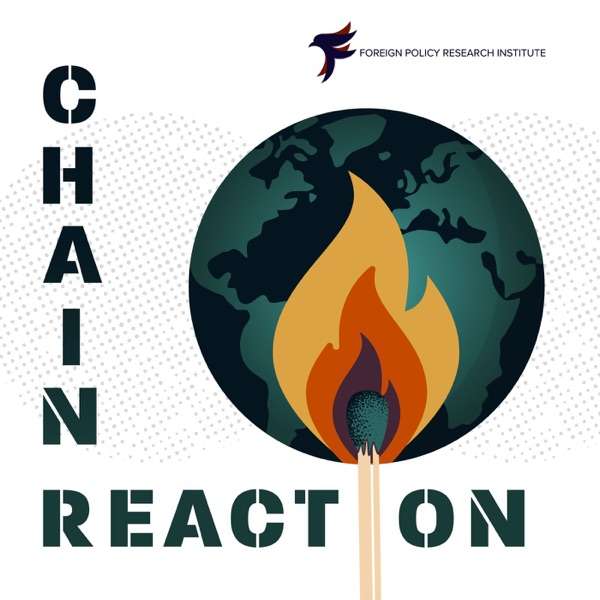The Infrastructure Show consists of monthly podcasts in which some of the nation’s top infrastructure experts discuss with host Professor Joseph Schofer of Northwestern University the condition of our infrastructure today, and what can be done about it. While many subjects are addressed, including repairs, upgrades and new construction, there is an emphasis on the topics of preventive and predictive maintenance, as well as “structural health monitoring” – a special focus of the Northwestern Infrastructure Technology Institute, of which Dr. Schofer is Director.
- Home
- Top Charts
- Top Networks
- Top Apps
- Top Independents
- Top Podfluencers
- Top Picks
- Top Business Podcasts
- Top True Crime Podcasts
- Top Finance Podcasts
- Top Comedy Podcasts
- Top Music Podcasts
- Top Womens Podcasts
- Top Kids Podcasts
- Top Sports Podcasts
- Top News Podcasts
- Top Tech Podcasts
- Top Crypto Podcasts
- Top Entrepreneurial Podcasts
- Top Fantasy Sports Podcasts
- Top Political Podcasts
- Top Science Podcasts
- Top Self Help Podcasts
- Top Sports Betting Podcasts
- Top Stocks Podcasts
- Podcast News
- About Us
- Podcast Advertising
- Contact

 Our TOPPODCAST Picks
Our TOPPODCAST Picks  Stay Connected
Stay Connected


